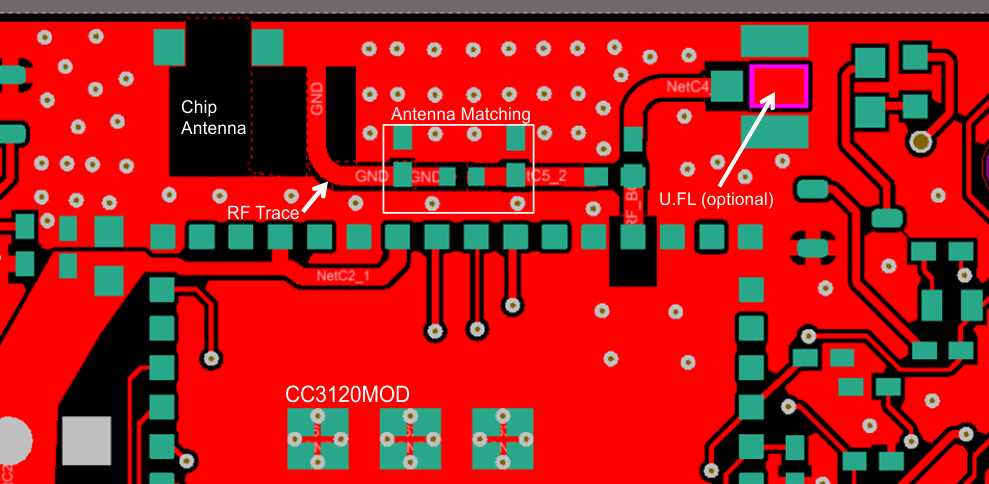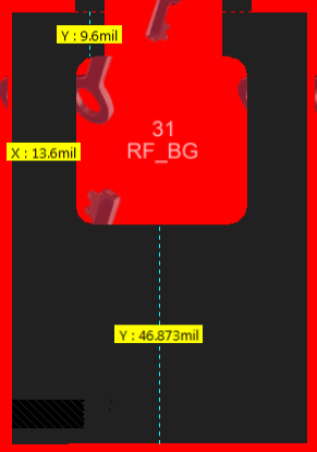SWRS205F March 2017 – December 2024 CC3120MOD
PRODUCTION DATA
- 1
- 1 Features
- 2 Applications
- 3 Description
- 4 Functional Block Diagrams
- 5 Device Comparison
- 6 Terminal Configuration and Functions
-
7 Specifications
- 7.1 Absolute Maximum Ratings
- 7.2 ESD Ratings
- 7.3 Recommended Operating Conditions
- 7.4 Current Consumption Summary
- 7.5 TX Power and IBAT versus TX Power Level Settings
- 7.6 Brownout and Blackout Conditions
- 7.7 Electrical Characteristics
- 7.8 WLAN Receiver Characteristics
- 7.9 WLAN Transmitter Characteristics
- 7.10 Reset Requirement
- 7.11 Thermal Resistance Characteristics for MOB Package
- 7.12 Timing and Switching Characteristics
- 7.13 External Interfaces
- 8 Detailed Description
- 9 Applications, Implementation, and Layout
- 10Environmental Requirements and Specifications
- 11Device and Documentation Support
- 12Revision History
- 13Mechanical, Packaging, and Orderable Information
Refer to the PDF data sheet for device specific package drawings
Mechanical Data (Package|Pins)
- MOB|63
Thermal pad, mechanical data (Package|Pins)
9.2.2 RF Layout Recommendations
The RF section of this wireless device gets top priority in terms of layout. It is very important for the RF section to be laid out correctly to ensure optimum performance from the device. A poor layout can cause low-output power, EVM degradation, sensitivity degradation, and mask violations.
Figure 9-2 shows the RF placement and routing of the CC3120MOD module.
 Figure 9-2 RF Section Layout
Figure 9-2 RF Section LayoutFor optimal RF performance, ensure the copper cut out on the top layer under the RF-BG pin, (pin 31), is as shown in Figure 9-3.
 Figure 9-3 Top Layer Copper Pull Back on
RF Pads
Figure 9-3 Top Layer Copper Pull Back on
RF Pads